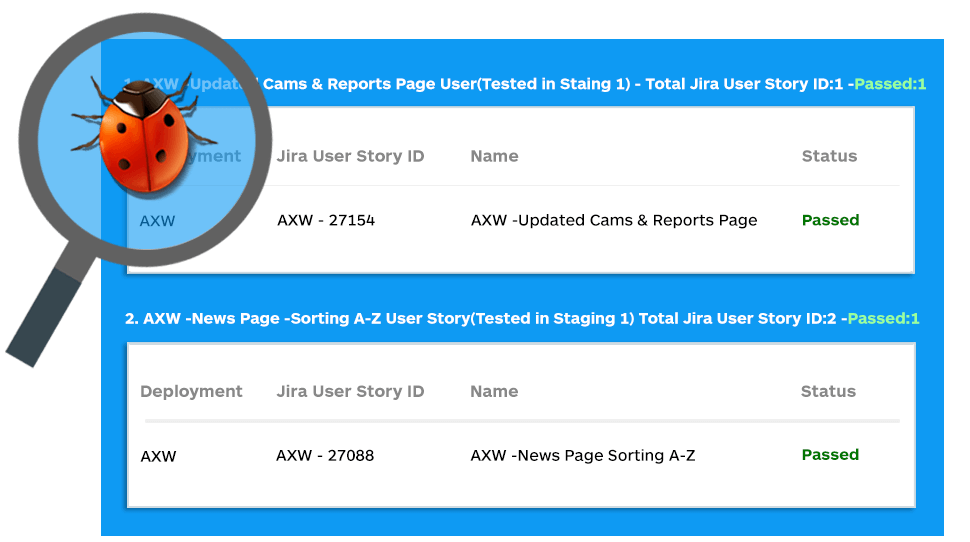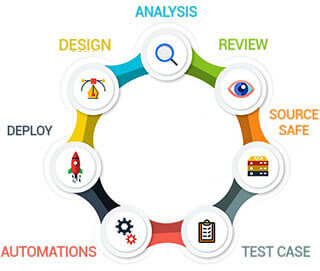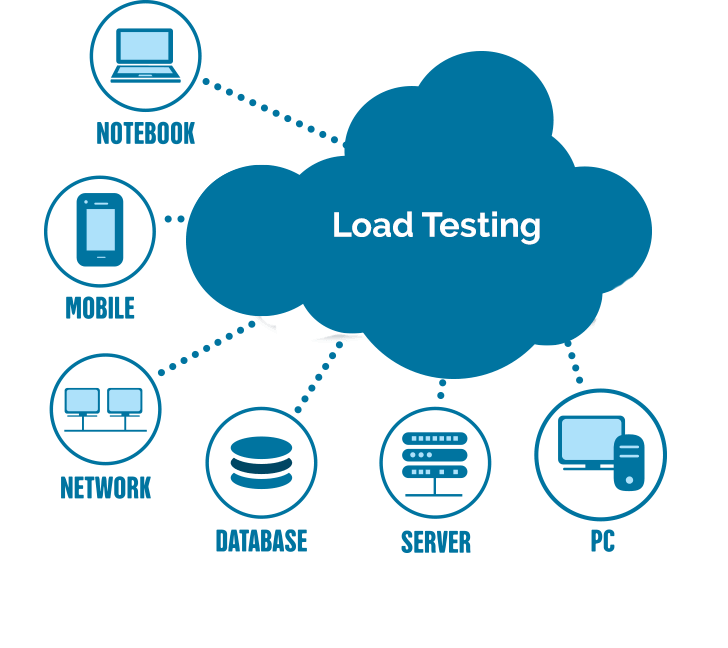

Functional Testing
During the early phases of software development, this is the best way to understand and improve software quality. Manual QA engineers are typically inserted as part of scrum teams to verify flows as and when new builds are deployed.
Device Certification
Depending on the target audience, we will work with you to identify the appropriate devices that need to be certified for your product. We will run the test scenarios on each of those devices and ensure that all the appropriate business flows work in those devices as designed.


Browser Certification
We typically try and certify in Chrome, Firefox and IE. We work with our clients to certify in other browsers as needed. We will run all the web based business flows in these browsers in multiple resolutions to ensure that the application is usable in all those resolutions.
OS Certification
We certify in Windows, Apple and Ubuntu as a baseline. We run all the business flows in these operating systems and ensure that the business flows are working as designed.


Status Reports
Clients receive status reports that clearly illustrate the work done, issues found, tickets logged so that they get an accurate picture of coverage, current quality and what they need to do for the upcoming builds.
Automated Testing
Automated testing is more feasible when your system/applications are stable. They are also meaningful to verify existing flows. We use Selenium extensively to automate functional test flows. Over the years, we’ve built several tools and dashboards using open source tools. We can also work with QTP based automation projects.


Performance Testing
Page and application performance is huge in many ways. Obviously with users being so impatient, we need applications to respond in sub second timeframes. We use a combination of manual and selenium based automation, to make sure page load performance is very good. Even search engines penalize websites that don’t load faster. So it’s really important to have applications and web pages respond in less than a second.
Load Testing
The goal is to increase the load and see how the system behaves under higher load. During load tests you can check the system vitals, monitor response times, throughput, server condition and much more. Load testing is not just a test. It’s actually a category of testing. Under the category of load testing, there are many specific tests that help identify load bottlenecks in web applications before customers face them.


Stress Testing
Stress testing is to push load testing to its boundaries to see at what point the system starts to buckle. This would help you predict your concurrent user capacity.
Scalability Testing
Its not enough to just test the number of requests that hit your server. It is important to understand how your application responds when the complexity of your requests change. For example, you get a really large upload request with 100,000 objects and then another with a single object but with attachments amounting to a 100 MB.
Scalability testing allows you create these variations and understand how your application responds in those scenarios.


Soak Testing
The goal of soak testing is to detect if “accumulated usage” causes any degradation of application performance.
You can achieve this by identifying use cases that are the most likely repeat usage scenarios, and have them run for an extended period of time, often multiple days/weeks, and at the end of the test check the vitals.
Penetration Testing
We will work with your engineering teams to identify the API & UI end points. We will then wire these end points into tools such as AppScan or Qualys and have them run through various penetration test scenarios to identify security vulnerabilities of your software application.
























